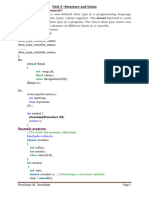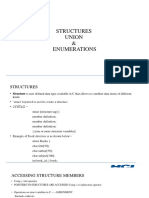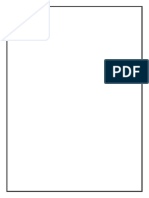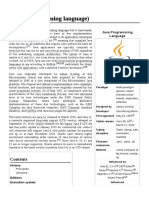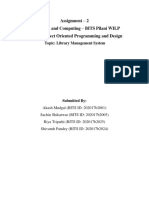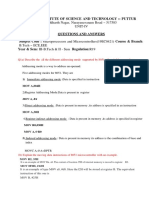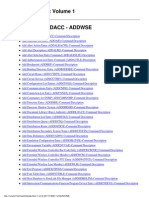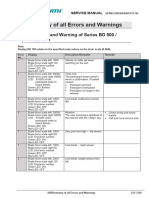0% found this document useful (0 votes)
20 views5 pagesStructures and Unions in C Pro
Structures and unions are user-defined data types in C that help organize complex data. Structures allow grouping of different data types under a single name, enabling easy access and manipulation, while unions share the same memory location among their members, allowing only one member to hold a value at a time. The document outlines their syntax, examples, advantages, and key differences, guiding when to use each type.
Uploaded by
06303648Copyright
© © All Rights Reserved
We take content rights seriously. If you suspect this is your content, claim it here.
Available Formats
Download as DOCX, PDF, TXT or read online on Scribd
0% found this document useful (0 votes)
20 views5 pagesStructures and Unions in C Pro
Structures and unions are user-defined data types in C that help organize complex data. Structures allow grouping of different data types under a single name, enabling easy access and manipulation, while unions share the same memory location among their members, allowing only one member to hold a value at a time. The document outlines their syntax, examples, advantages, and key differences, guiding when to use each type.
Uploaded by
06303648Copyright
© © All Rights Reserved
We take content rights seriously. If you suspect this is your content, claim it here.
Available Formats
Download as DOCX, PDF, TXT or read online on Scribd
/ 5





















